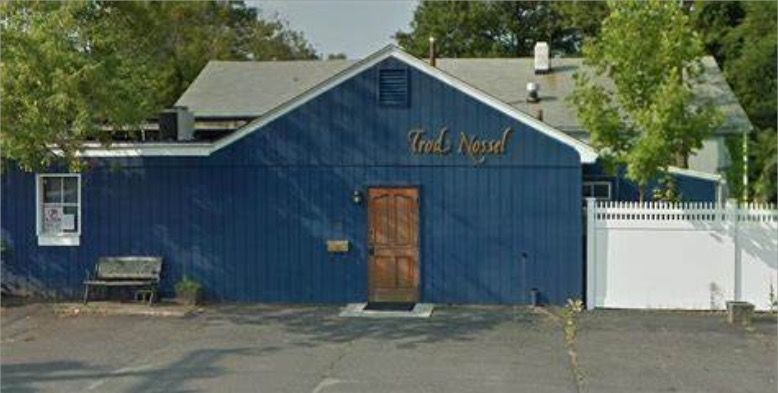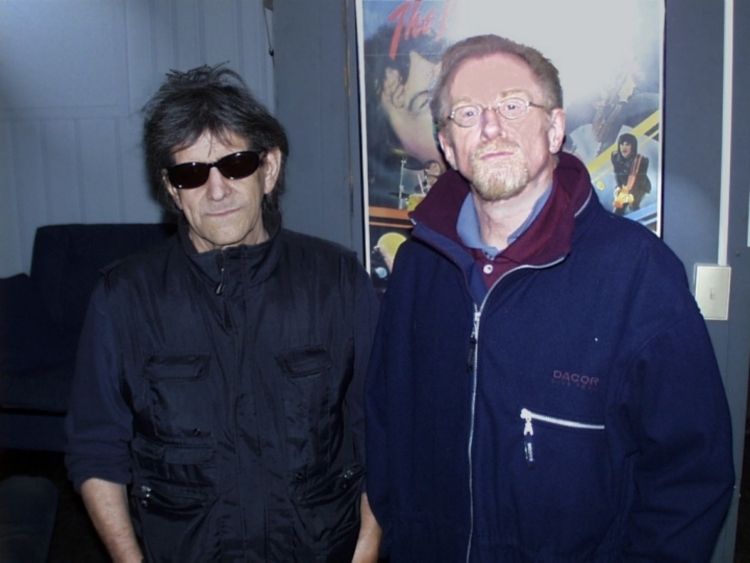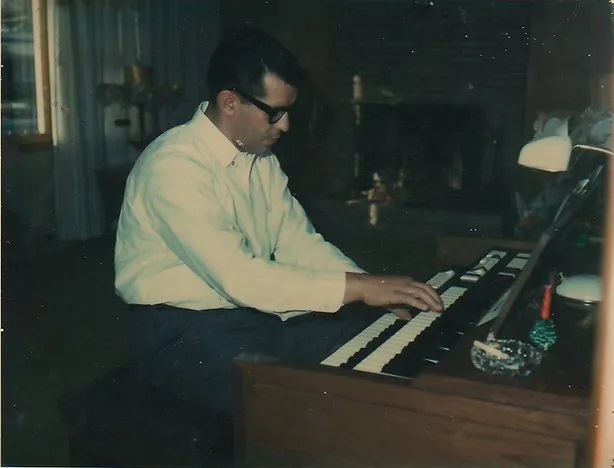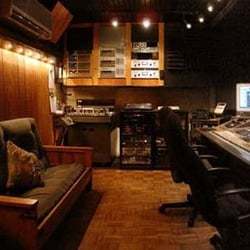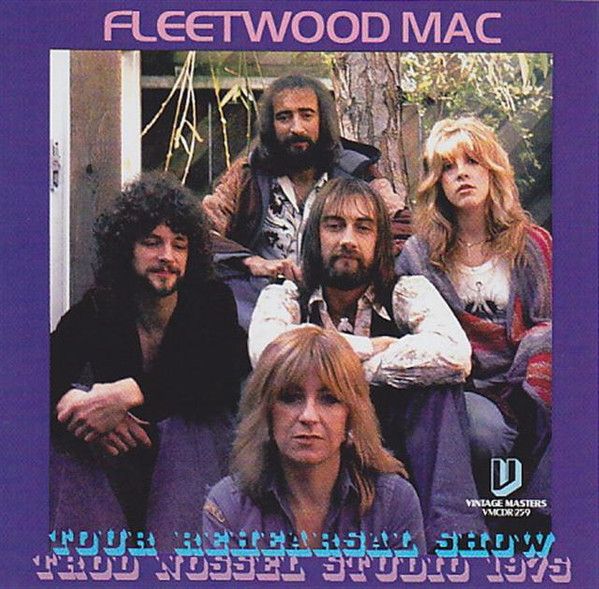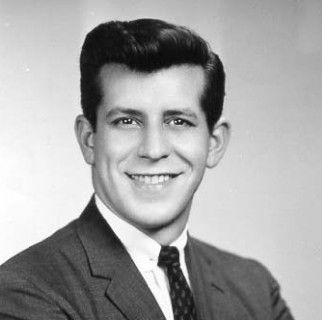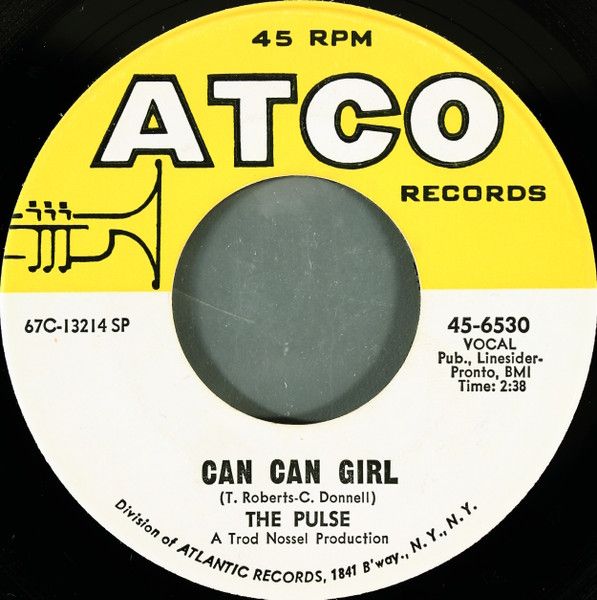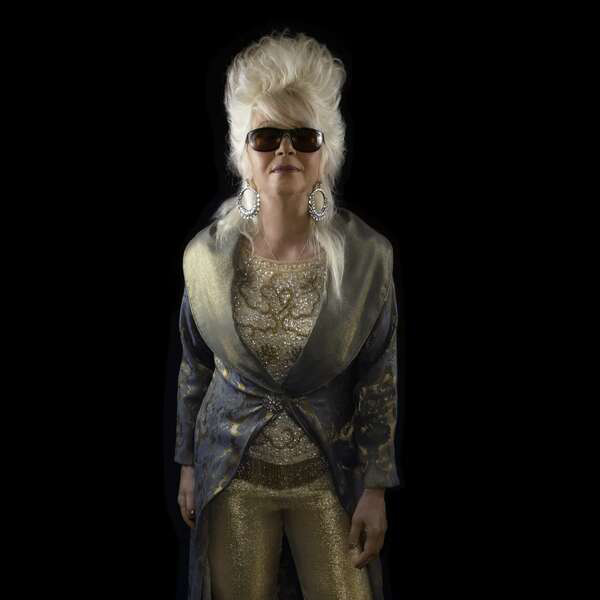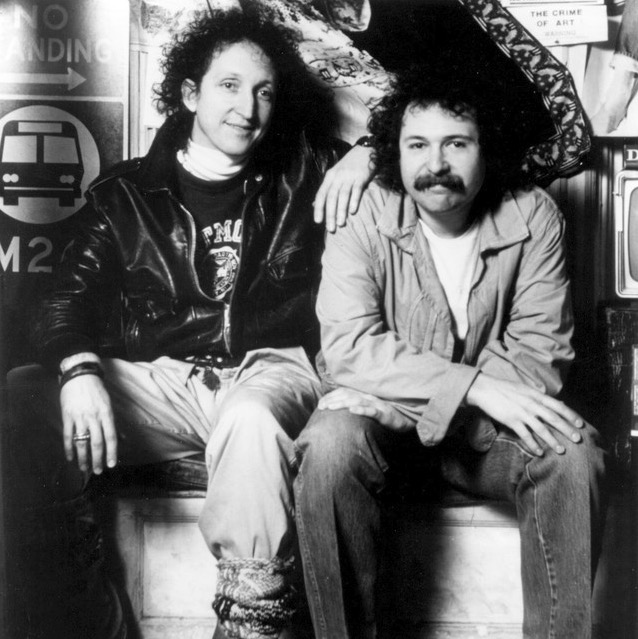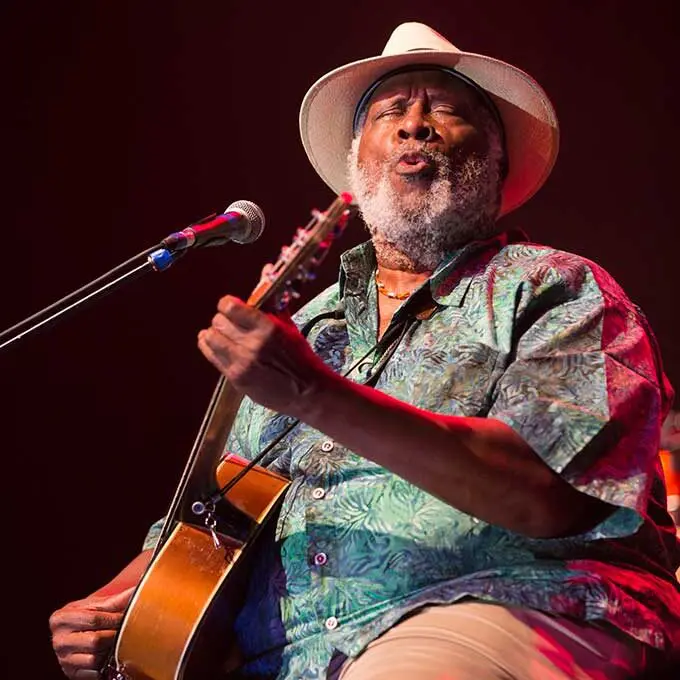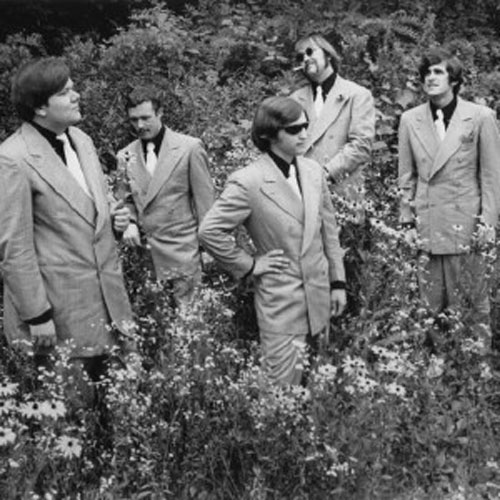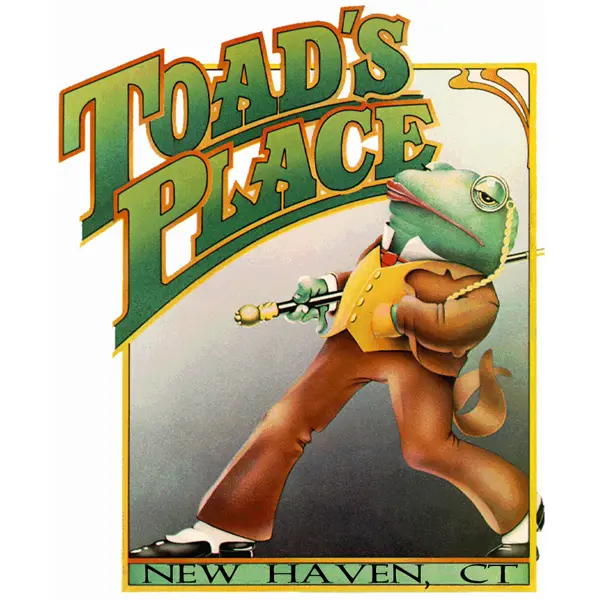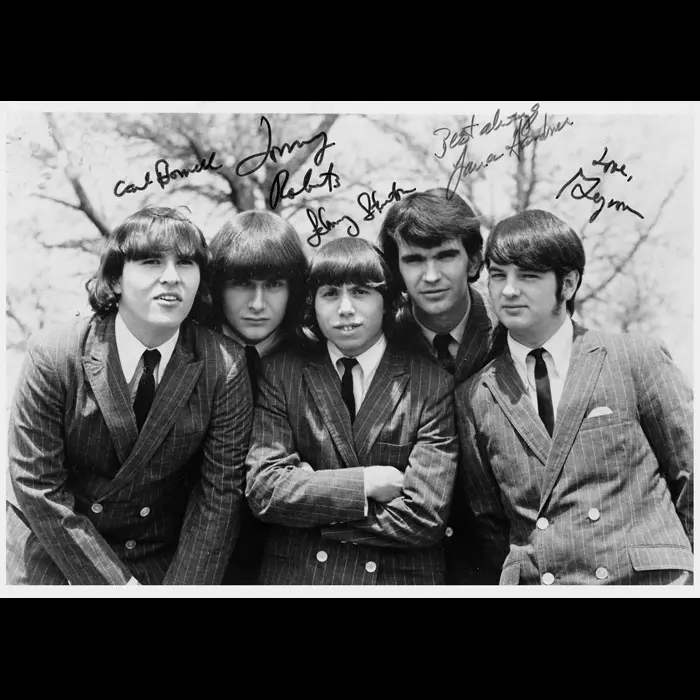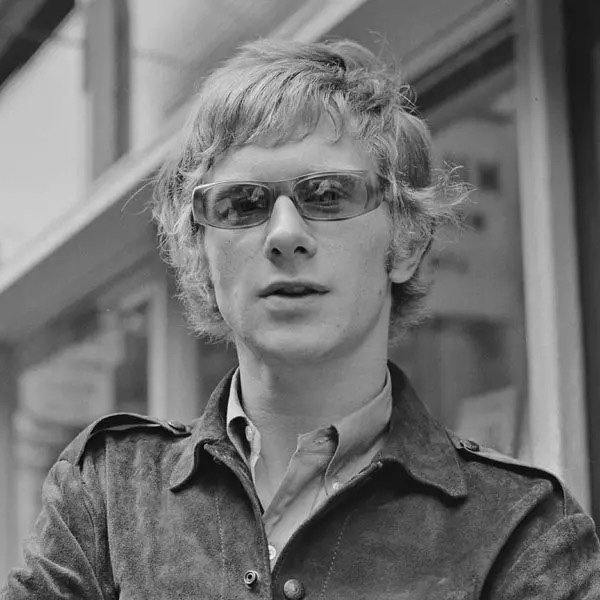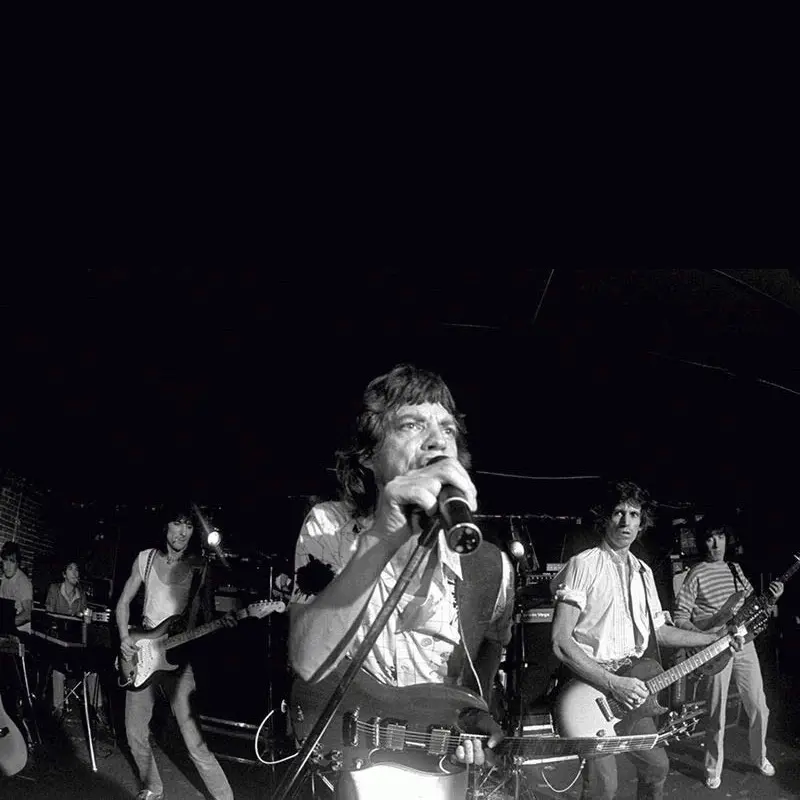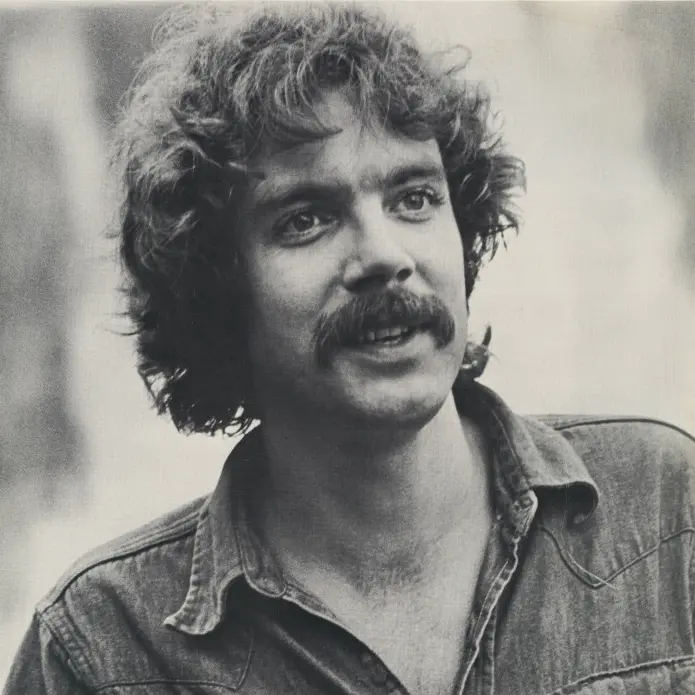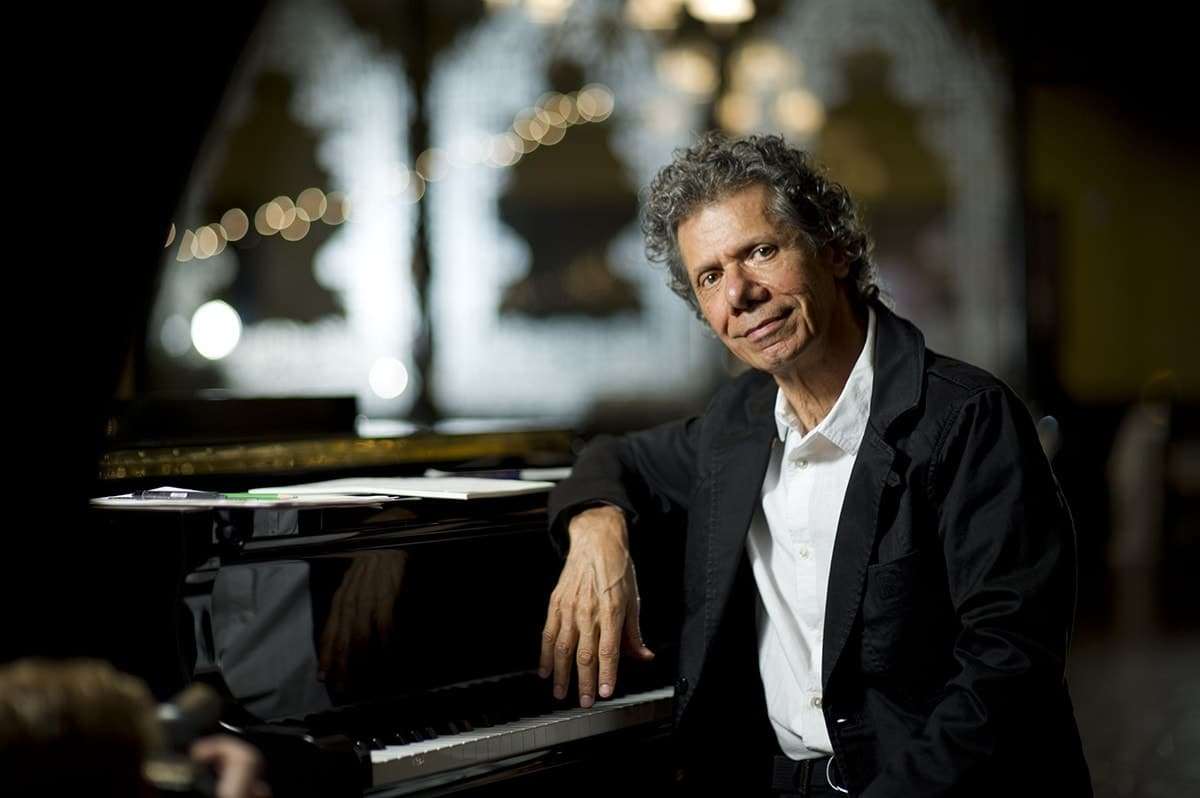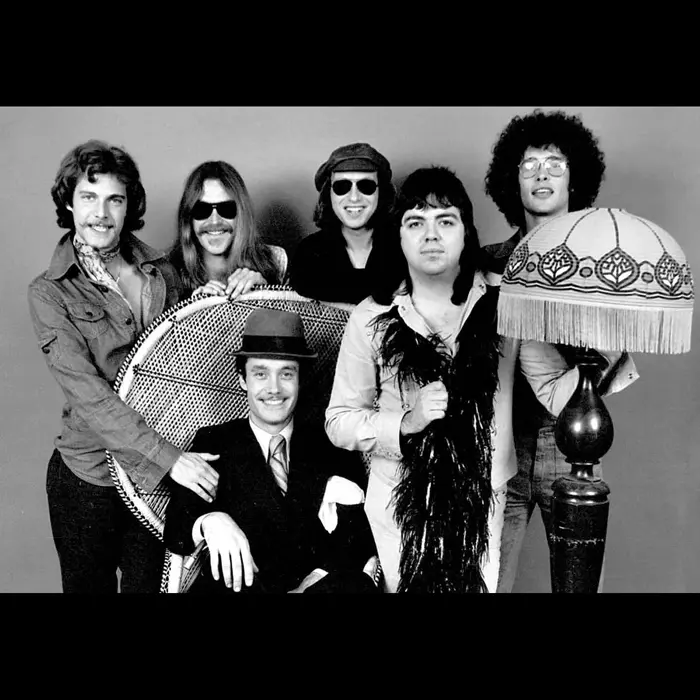Thomas “Doc” Cavalier
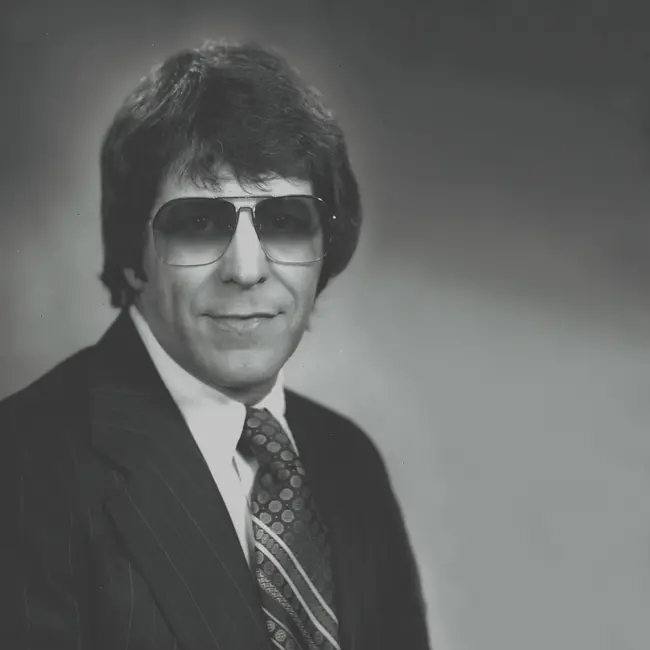
In the ‘50s and ‘60s, virtually all rock ‘n’ roll producers – those pioneering “record men” who paved the way for what became a $30-plus-billion industry – had launched their careers in one of six areas, all directly related to music: deejay (Sam Phillips), songwriter (Berry Gordy), musician (Quincy Jones), audio engineer (Glyn Johns), rock journalist (Jerry Wexler) or nightclub owner (Leonard and Phil Chess).
But Thomas “Doc” Cavalier’s background was about as unmusical as a profession could possibly be: dentistry. Though his dentist-to-producer career shift was not unprecedented – Atlantic Records co-founder Herb Abramson graduated from New York University’s College of Dentistry before joining National Records in 1945 – his decision to focus on the sounds that came out of people’s mouths rather than on what was inside of them was groundbreaking in that it helped put Connecticut on the national rock ‘n’ roll map. And Cavalier did that as deftly as he could diagnose a decayed bicuspid while establishing what became a globally respected operation that covers nearly every facet of the music business.
EARLY YEARS, TROD NOSSEL ARTISTS, SYNCHRON SOUND
Born March 3, 1934 in New Haven, Cavalier graduated from Hamden High School, where he played varsity baseball and basketball, then spent four years as an undergrad at Tufts University, earned his MD at Tufts’ School of Dentistry and ran his own practice for roughly six years. A lifelong New York Yankees fan who loved reading, bowling, playing cards, going to casinos and watching the stock market, above all else, according to family and friends, he was a musician at heart. While going to dental school he played organ and accordion in several combos, one that had a regular gig at The Bradford Hotel in Boston.
In the early ‘60s, shortly after opening his practice on Dixwell Avenue in Hamden, Cavalier began managing bands through his newly established management and production company Trod Nossel Artists, “Trod Nossel” being Cavalier’s pen name, which he said meant “tree with many branches.” By the mid-‘60s, his most popular acts were garage rockers The Shags (a staple on both WAVZ in New Haven and WDRC in Hartford) and the psychedelia-infused Bram Rigg Set, and Cavalier often booked recording time for both groups at Syncron Sound Studios in Wallingford, a microphone manufacturer with a recording division that rented recording space. “I was actually managing bands and booking them from my waiting room while patients were getting numb,” he told the Record-Journal in 1996.
In 1966, when Syncron was facing financial troubles, 32-year old Cavalier bought the recording side of the business for $75,000 (about $605,000 in 2023). Located about 25 miles from Hartford, which boasted a thriving home-grown rock scene including groups like The Blues Messengers, The Moderns, The Bluebeats, The Futuras and The Six Packs (the last becoming The Wildweeds), the studio was in the perfect position to capitalize on the era’s booming demand for recorded local talent, which is exactly what Cavalier did for over 30 years – and what his children continue to do to this day.
THE WILDWEEDS, “NO GOOD TO CRY,” OTHER CHARTING ACTS
In 1967, while reviewing Syncron’s tape archives, he discovered several demos The Wildweeds had cut at the studio earlier that year, including what became the band’s signature song, “No Good to Cry,” and promoted them to local deejays, most consequentially those at WDRC. In March 1967, “No Good to Cry” became a regional hit – going to #1 in Hartford, Boston and Springfield and #2 in New Haven and #6 in Lowell – and, after Cavalier landed a manufacturing and distribution deal with the Chess sublabel Cadet, the song gained traction across North America, peaking at #88 in the Billboard Hot 100 in June.
Later that year, The Shags and Bram Rigg Set charted with songs recorded at Syncron and produced by Cavalier (credited as “Trod Nossel”); The Shags’ cover of Lennon-McCartney’s “I Call Your Name” went to #72 in the Billboard Hot 100 and Bram Rigg Set’s “I Can Only Give You Everything” was a regional hit. Soon afterward, when both bands broke up and some members formed the sextet Pulse, Cavalier signed that band to a recording/management deal, producing the group’s first single, “Can Can Girl” (b/w “Burritt Bradley”), issued by the Atlantic sublabel ATCO.
TROD NOSSEL PRODUCTIONS, POISON RING RECORDS
In 1968, Cavalier closed his dental practice and folded Syncron into Trod Nossel Productions (broadened from Trod Nossel Artists), which is now a group of music-related businesses, Trod Nossel Productions & Recording Studios, that includes a 7,000-square-foot studio, 10 publishing companies, a photography studio and a film division. One of Cavalier’s most oft-told stories was about when then-unknown actor Henry Winkler, a student at Yale School of Drama at the time, was filmed in the main Trod Nossel studio having bags of garbage dumped over his head for a 1970 anti-litter commercial.
Also in 1968, Cavalier established Poison Ring Records, the first of several labels he owned and operated. The first Poison Ring single, “Ask Me,” was recorded at Trod Nossel by the Hartford-based vocal quintet The Down Beats before Cavalier produced and engineered Pulse’s self-titled debut album that year, a nine-track collection of fuzz-drenched blues-rock that received encouraging local airplay but failed to chart nationwide.
EXPANSION, RARE EARTH, DONOVAN, WPLR CONCERT SERIES
By the early 1970s, Trod Nossel’s reputation had spread westward across the US and eastward to the UK. The studio became the east-coast recording location of Motown’s Rare Earth sublabel, whose producers included The Rolling Stones’ first manager Andrew Loog Oldham and eventually led to the founding of Clear Entertainment, a now-dissolved Cavalier-Oldham joint venture. In 1973, when Oldham produced Donovan’s classic 1973 LP Essence To Essence, he included several of Trod Nossel’s in-house musicians alongside top-tier LA studio players.
From 1974-76 the studio hosted the WPLR Concert Series in its giant, cathedral-ceilinged main room, including shows by Steppenwolf, Tom Rush, Taj Mahal, Roger McGuinn, Aztec Two-Step, Foghat, Chick Corea, Orleans, Duke and the Drivers, Joe Cocker, Orphan and – in 1975, two years before their LP Rumors soared to #1 in the US and the UK – Fleetwood Mac in one of their first concerts with Lindsey Buckingham and Stevie Nicks, the rehearsal for which was released in 2013 by Zion Records as Fleetwood Mac – Rehearsal Live 1975.
BIG SOUND RECORDS, EXPANDING ROSTER
In the mid-‘70s, punk’s heyday, Cavalier and New Haven-born guitarist-producer-journalist Jon Tiven founded Big Sound Records and signed acts including former Deviants frontman Mick Farren and former Winkies frontman Philip Rambow. Over the rest of the decade, among Trod Nossel’s rapidly expanding management roster were Rhode Island-based punk/power popper Roger C. Reale, future Hall & Oates guitarist and Saturday Night Live bandleader G.E. Smith and Christine Ohlman, whose version of Dusty Springfield’s “I Only Want To Be With You” charted in the US and UK.
In the ‘80s, in addition to overseeing Trod Nossel’s operations and producing a variety of projects, Cavalier started managing Cub Koda – former frontman of Brownsville Station, best known for their 1974 hit “Smokin’ in the Boys Room” – and continued to do so until Koda’s death in 2000. When Ohlman exited The Scratch Band to pursue a solo career, she kept Cavalier as her manager and production coordinator.
BLUES ARTISTS, THE COMPLETE IDIOT’S GUIDE TO HOME RECORDING
In the ‘90s, Cavalier focused on artists born decades before he bought Synchro Studios in 1966, recording, mixing and mastering LPs from two blues legends at Trod Nossel in 1997: Pinetop Perkins’ Grammy-nominated Born In The Delta and Eddie Kirkland’s Lonely Street, both on the Telarc label. In 1998, he was associate producer of Telarc’s Grammy-nominated A Tribute to Howlin’ Wolf – with members of Howlin’ Wolf’s band in addition to Ohlman, Koda, Ronnie Hawkins, Taj Mahal, Lucinda Williams, James Cotton and others – and in 1999 he mastered Telarc’s The Songs of Willie Dixon.
In 2003, Cavalier wrote the forward to Clayton Walnum’s The Complete Idiot’s Guide To Home Recording (Alpha/Penguin) in which he – an entirely self-taught engineer and mixer – offered his review and comments on the sweeping changes in the recording industry from the late ‘60s to the present day.
DEATH, LEGACY
On January 1, 2005, Cavalier passed away at age 70. Three months after his death, on April 22, 2005, dozens of musicians and media figures gathered at Toad’s Place to pay tribute, including Rolling Stone contributing editor Dave Marsh, WCCC-FM’s “Sunday Night Blues” host Beef Stew and longtime KC101 morning anchor Vinnie Penn.
In 2008, when Sundazed Music released the 22-track compilation Don’t Press Your Luck! The In Sounds of 60’s Connecticut (which features a number of groups that were recorded, managed and produced by Cavalier), his daughter Darlene talked about how deeply involved he was with the artists on a personal level. “Everyone who had a project in this area [my father] got involved with,” Darlene Cavalier told The New York Times. “He didn’t just manage bands or produce bands, he helped them with their finances, he helped them with their divorces. He really cared. Trod Nossel was a catalyst for all the music that happened around here.”
Speaking with The New Haven Register in 2005, Cavalier’s daughter Cherylann highlighted her father’s lifelong belief in honesty and fair play. “[His] favorite saying was, ‘I would rather lose with a winner than win with a loser,’” she said. “By this, he meant he wanted to achieve success the right way – not through someone else’s misfortune or mistake.”
(by D.S. Monahan)


